A vehicle is like a box filled with an assortment of wondrous features. It has electrical and mechanical components that work together -- allowing the whole to function effectively. Among its electrical parts are an array of lamps like fog lights, brake lights, indicator lights, interior lights, and turn signal lights.
Of course, each of them has a specific function. But since we feel that signal lights are the most often misused by drivers in the Philippines, we here at Philkotse.com decided to focus on them.
When do you use turn signal lights -- and how do you use them correctly? Let us learn together to ensure our roads are safe for all motorists. If you’re not a driver, the knowledge you gain here should also be beneficial.
1. Overview: The left and the right
On the left and right sides of your vehicle’s front and rear are signal lights. Often then, are lamps on the side of the car as well. This way, when viewed from the front or back, people can readily see your signal lamps.
These lights are wired to your dashboard panel to and arrow shapes indicated if one or the other (or both) are lit. The specific directional interior light will blink and create a sound (usually a click) when switched on to help you easily identify if you are successful in switching it on.
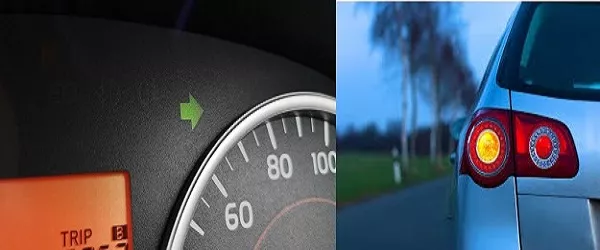
Interior and exterior turn signal lights
As can be noted from above, the interior and exterior signal lights will stay switched off until you switch them on manually. To do so, you need to use the turn signal/light stalk. It is usually found to the left and behind the steering wheel. This also typically functions as a switch lever for the beam lights.
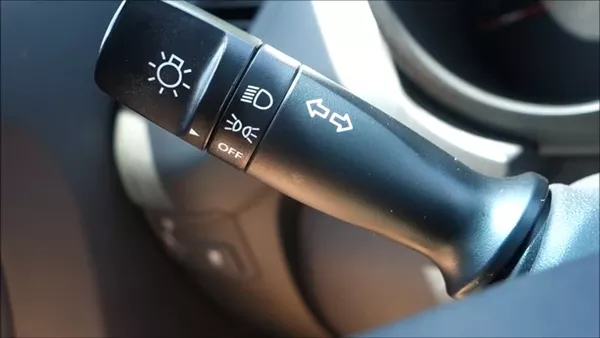
The turn signal lamp stalk is usually located to the left of and behind the steering wheel
Now that you are familiar with the signal lights and how they work together with the lever, let us now learn to use them properly!
>>> Check out: Car lights and the importance of checking them regularly.
2. Using turn signal lights correctly
The stalk will turn the right turn signal on when you push it up; the left when you push it down. As such, the neutral or off position will be in the middle. With that in mind, let us now begin learning how to use the turn signals.
Making a turn
As the name implies, the primary use of a turn signal is to notify other drivers and people around that you would be turning either right or left. To properly do so, here are the things you should follow:
- Make sure you are on the correct lane; if turning right, stay on the right side of the road, and vice versa.
- When you are around 90 feet away from the point where you need to make a turn, switch the signal light corresponding to the direction you will take. Listen for the clicking sound and/or check if the arrow light is lighting to determine if the command was successful.
- Do not engage the turn signal too early since you might confuse those around you that you’re stopping or parking on the side of the road. Conversely, do not engage the lever too late because those around you might not be able to see the signal immediately.
- Once you reach your turning point and there’s no oncoming traffic and you can already legally turn on that side, do so.
- After you make the turn, make sure they turn signal light has switched off automatically, which should be the case. If not, just move the lever to its neutral or off position.
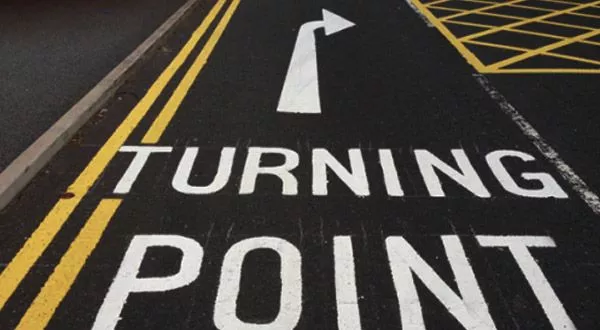
Even if there is only one turning point, switch your signal light on
Do note that the above mentioned should not be followed only when you are in an area with multiple intersections, you should also follow such even if it is obvious that every car should turn left or right. This way, those who are not familiar with the road or cannot see what’s ahead due to multiple cars in front of them can be informed earlier that there is a turning point.
>>> You might want to know: 4 basic hand signals for driving you should know and understand.
Merging into traffic
When you plan to merge into traffic such as when leaving a parking facility, curb, or side of the road, the turn signal light on must also be used. Once the engine is running and you’re ready to go, move the lever to the direction where you are heading. This way, drivers would know which side of the traffic you are planning to merge into.
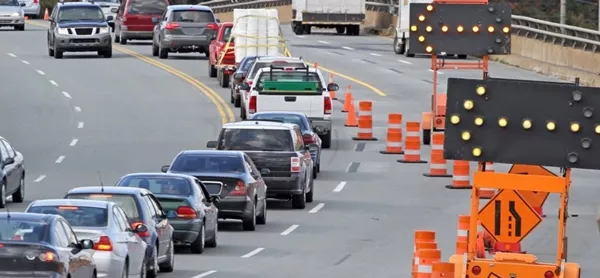
Using turn signal lights, drivers would know which side of the traffic you are planning to merge into
When your side and rearview mirrors show you that you can proceed, do so. Once you successfully merge into traffic and are on the right side of the road, return the lever to the neutral or off position. If you are on a national highway, once you successfully merge, accelerate safely and immediately to match the speed of other cars or to meet the minimum speed.
>>> Tips for you: 7 tips on how to stay safe around trucks.
Exiting highways
When you are driving on a national or express highway, there are multiple exits depending on where you are heading. That means different cars will have different exit points. As such, you must use your turn signal light when you are about to exit the highway.
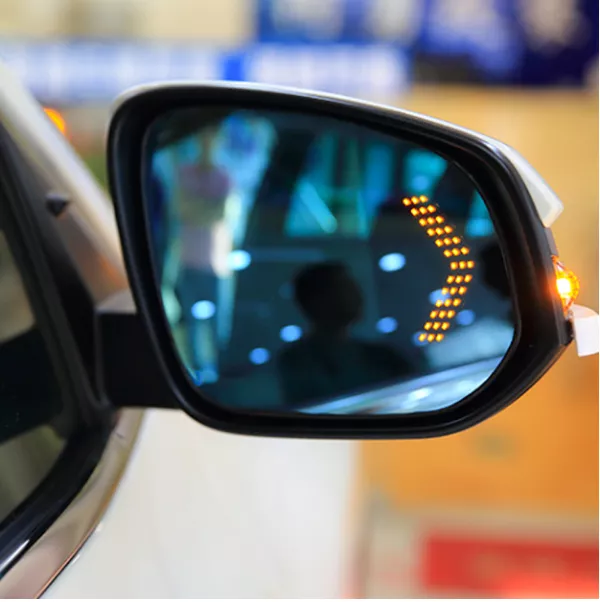
The proper way to do this is to stay on the far-right or far-left corner of the road, depending on where your exit is. When you are about 300 feet away from the off-ramp of your exit point, switch the respective turn signal light on. Once you’re on the off-ramp, reduce your speed.
Changing lanes
When you plan on changing lanes such as when overtaking, you must also use your turn signal light to communicate with other drivers. Ideally, the light must be switched on five seconds before your intended move.
Once it’s safe to do so, move to the direction you indicated. Make sure you won’t use that one signal to change lanes multiple times. Each time you change lanes, signal!
>>> Keep in mind this: Overtaking rules in the Philippines every driver must know.
3. Conclusion
Your car’s turn signal lights have a lot of uses to ensure you drive safely and conveniently -- safe in a way that you can merge into traffic, change lanes, turn to another direction, and leave a parking spot with enough time and space -- and with other people knowing what you intend to do.
Recent posts
- Everything you need to know to become a stunt driver Nov 30, 2022
- Road Accidents in the Philippines: Causes, Facts & Latest Statistics Sep 21, 2022
- The importance of abiding traffic lights and road signs Aug 16, 2022
- 8 traffic rules and regulations in the Philippines that Pinoy drivers commonly break Aug 16, 2022
- Be Well-Informed: Facts About Road Accidents in the Philippines Nov 30, 2024












